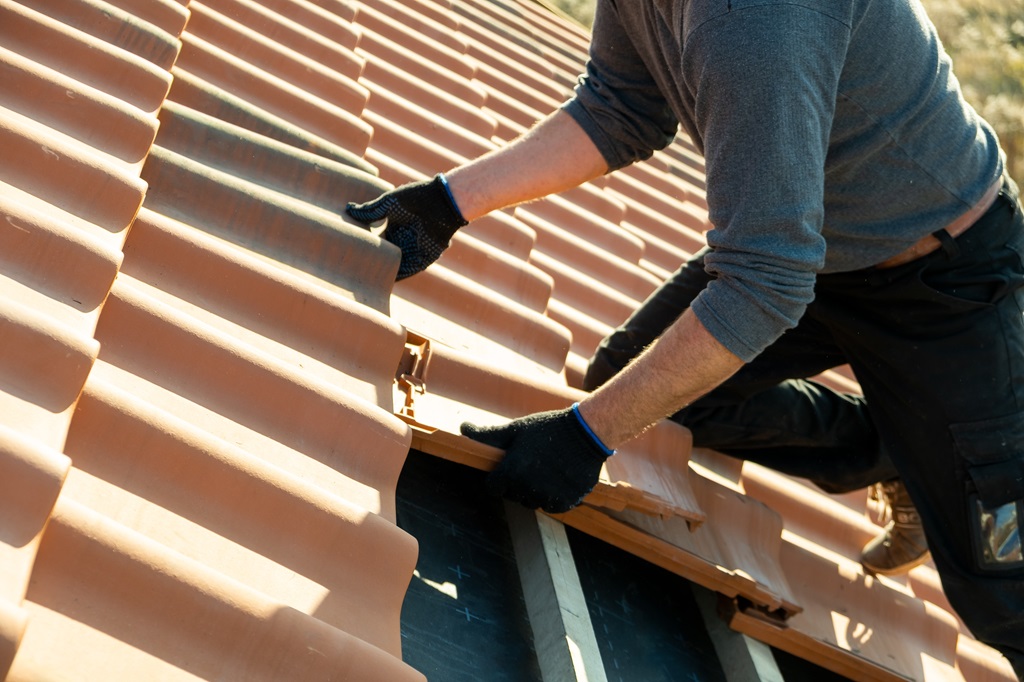


Residential and Commercial Roofing in South Florida is occasionally necessary, although not frequently encountered. As a result, predicting what to anticipate can pose challenges. To tackle this, let’s dive into some FAQs today. Now, the timeline for a roof replacement project is a bit like a cosmic dance, influenced by factors like roof size, material type, weather whims, and even contractor availability. How long does it take to replace a roof? The average roof replacement time can sway anywhere from a quick one-day groove to a leisurely two-week jam session. Let’s rock that roof!
The size and complexity of the roof significantly impact the time required for replacement. A smaller, simpler roof with fewer angles and slopes may be completed in as little as one day. Conversely, a larger or more intricate roof may necessitate several days or even weeks to finish.
The choice of roofing materials also affects the duration of the replacement. For instance, asphalt shingles can be installed relatively quickly compared to slate or tile roofing, which demands more time and precision.
Weather conditions can significantly affect the duration of a roof replacement project. When Mother Nature decides to show off her rain, snow, or high winds, our plans can get a little delayed or even suspended. So, the best time to replace a roof is during a time of the year when she’s in a better mood with more favorable weather conditions. Trust us, it’ll save you a whole lot of trouble.
When thinking about how long to replace a roof, the availability of the roofing contractor is an additional important aspect to take into consideration. In case the contractor has a busy schedule, it could potentially result in a longer lead time to commence and finalize the project. Planning ahead and scheduling the replacement during a time when the contractor is available is essential.
Before commencing a roof replacement project, several preparations need to be made. These include obtaining any necessary permits, clearing the work area, and safeguarding items around the house. It is also important for the contractor to have all materials and equipment ready before beginning the project.
The following are the general steps involved in replacing a roof, using shingles as an example:
The initial step is to remove the existing roof down to the roof deck. This entails removing shingles, underlayment, and any damaged or rotten decking.
Once the old roof is removed, it is crucial to inspect the decking for any necessary repairs before installing the new roof. This step ensures a strong and stable base for the replacement.
The underlayment functions as a waterproof barrier between the roof deck and the shingles. It is typically made of felt or synthetic material and aids in protecting the roof from water damage.
After the underlayment is in place, shingles are installed starting from the bottom and working upwards. Valleys, ridges, and other areas that require more precise cuts may take longer to complete.
Once all the shingles are in place, the final steps include installing flashing around chimneys and vents, sealing any gaps or seams, and tidying up the work area.
How long does it take to get a roof replaced? You now have the answer!